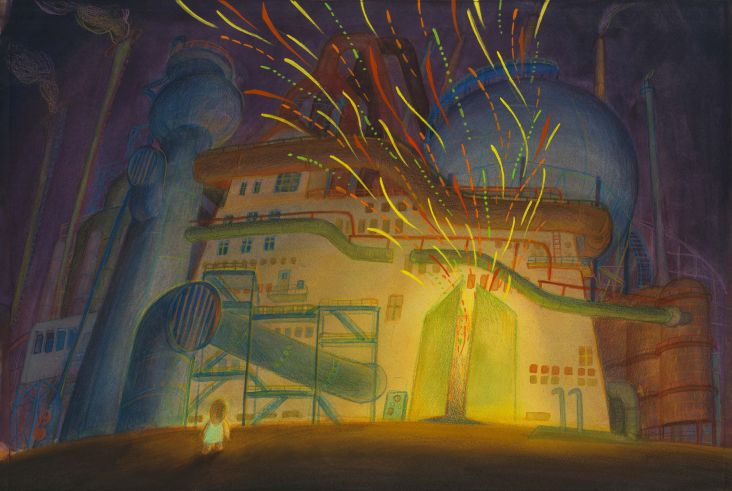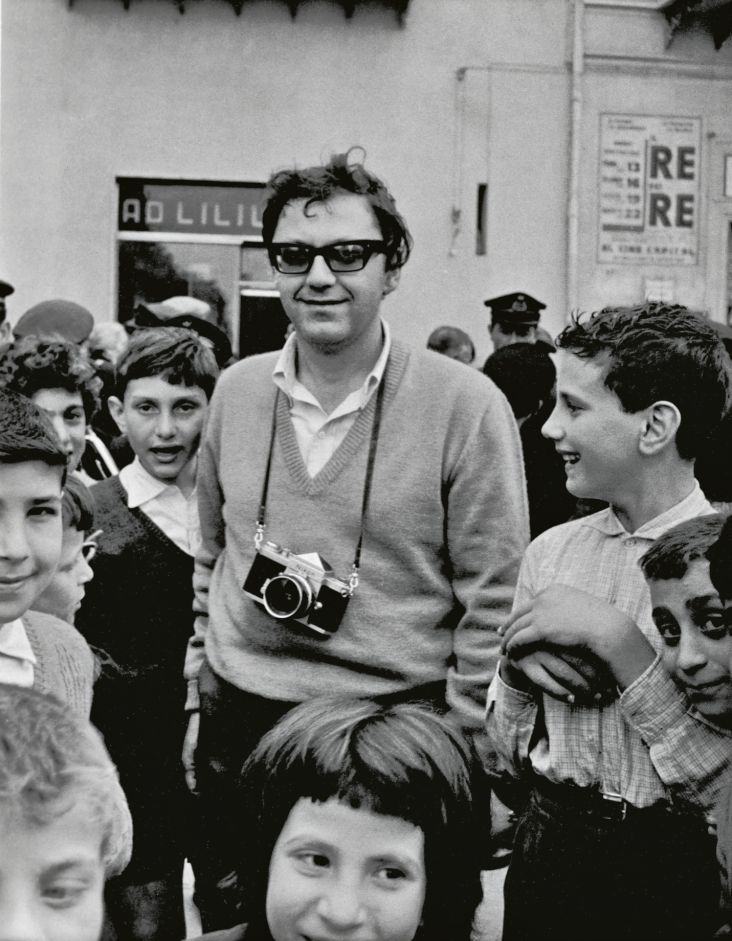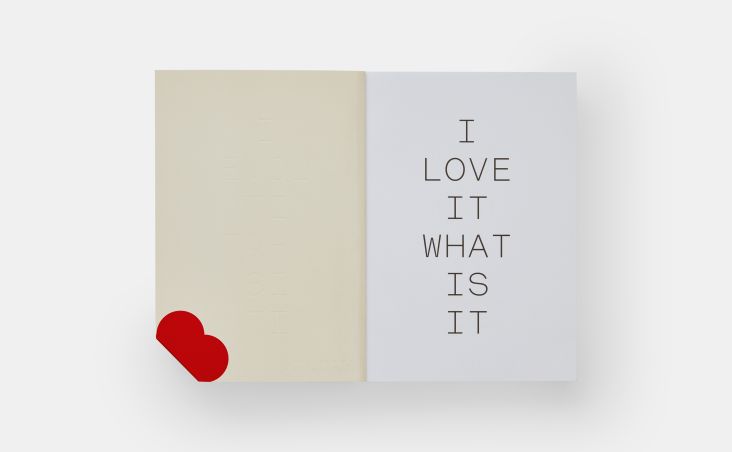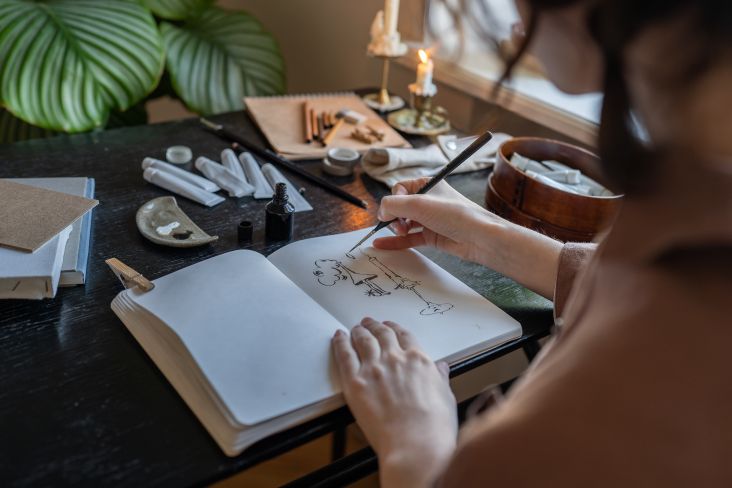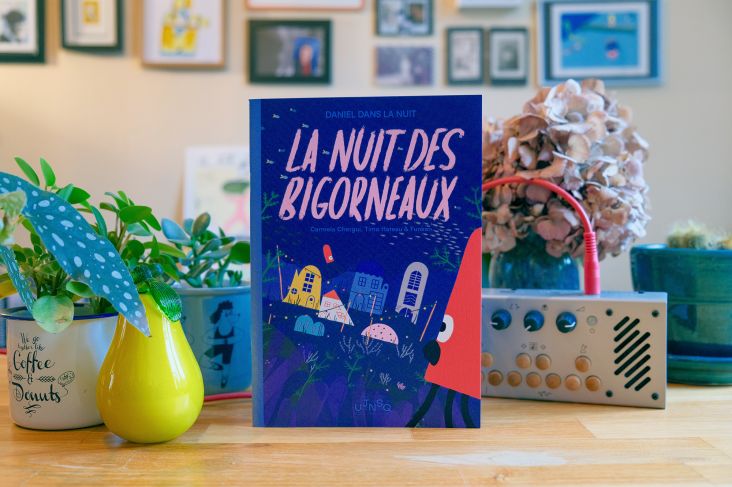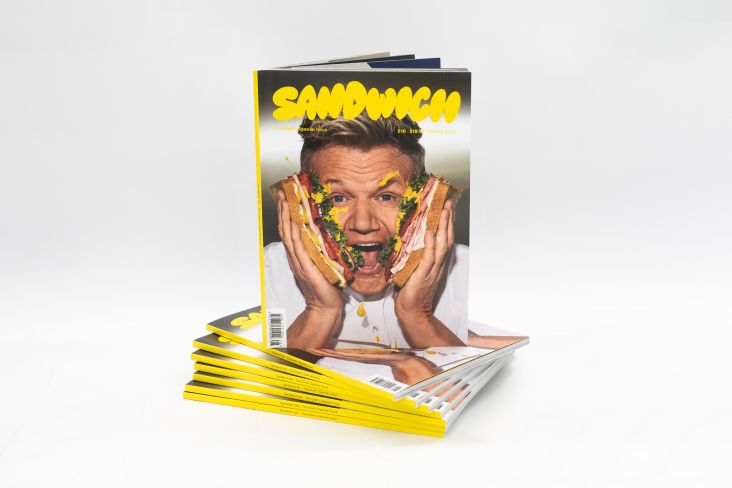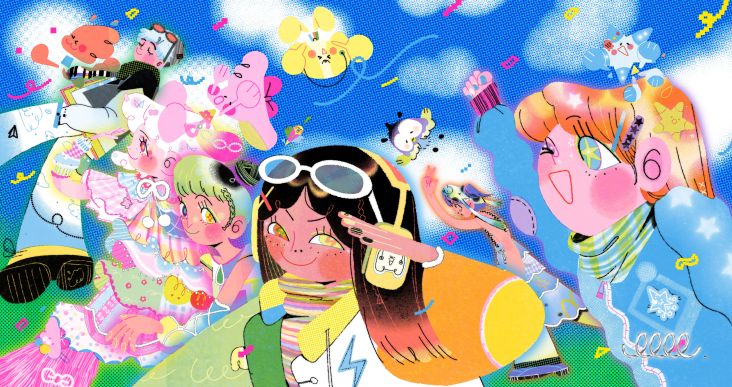Afrosport celebrates the rich visual tapestry of African football, past and present
Creative director Peet Pienaar discusses some of the most iconic African football logos as showcased in a new book, Afrosport.

The cover of AFROSPORT. Photography © Eric Lafforgue
The 21st century is widely predicted to be the African Century, one that brings peace, prosperity and cultural revival to this increasingly thriving continent. This is likely to be mainly about progress in governance, human right and economic development, but culture plays a part too. And there are few other areas of culture that connect more people across national borders than sport, particularly football.
It's in this light that we're excited to see a new book, entitled Afrosport, released to coincide with the launch of The Africa Cup of Nations (AFCON). Casting the spotlight on Africa's vibrant youth and how it shapes global culture, it revels in the rich tapestry of African football's past, present, and future.
It's been created by Peet Pienaar, creative director for surf brand Mami Wata, and to celebrate, he has curated a selection of African football logos showcased in the book. Read on as he guides us through the realms of African football, design and communities; a journey into the soul of the sport.
A tale of identity
"African football logos tell a tale of identity," says Peet. "They group you as a team and allow you to paint the logo on your house, car and face without worrying about copyright or concepts like 'It's not them and us. You are part of the team'.
"Even with neoliberalism, the rise of the individual football star and nation-building taking a back seat," he continues, "the design history of football in Africa is still heavily connected to independence, unity between nations and celebrating that."
Most African national football logos he notes, were created after colonial independence when football was used in most African nations as a tool for nation-building.
"Although football was a colonial influence, changing logos and colours were important to show change and rally people behind a newly independent nation. It contrasts with Western logos, which sit within a heraldry history that African nations were trying to break away from."
Ghana's bold colours
Historically, Ghana was one of the first countries to use football as a tool. "The flag of Ghana was designed in 1957 by Theodosia Okoh, a Ghanaian hockey player and one of the most influential designers in Africa and the diaspora," explains Peet. "Her design has influenced many flags and political organisations internationally associated with Africa."
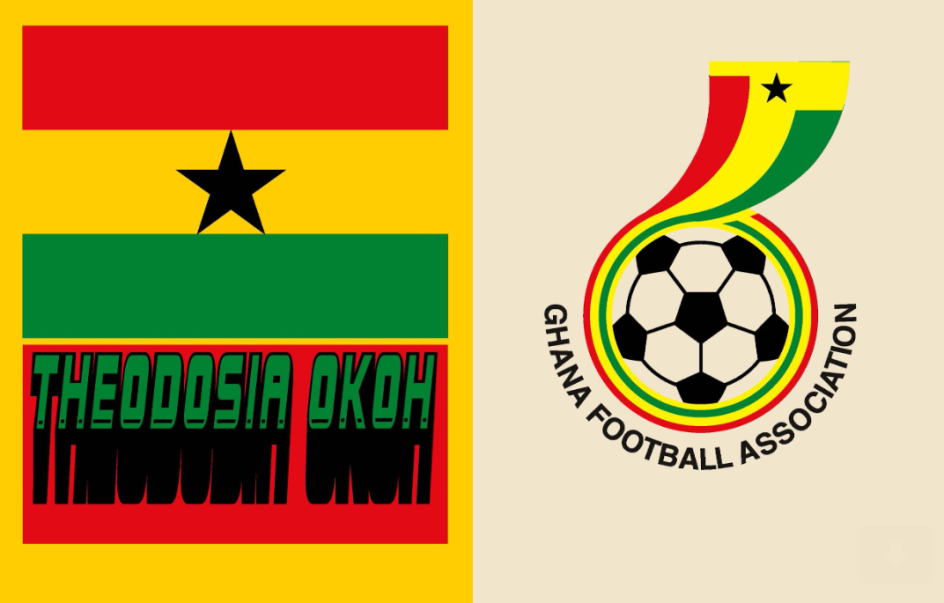
Imagery from AFROSPORT: graphic from the book, Ghana Football Association logo
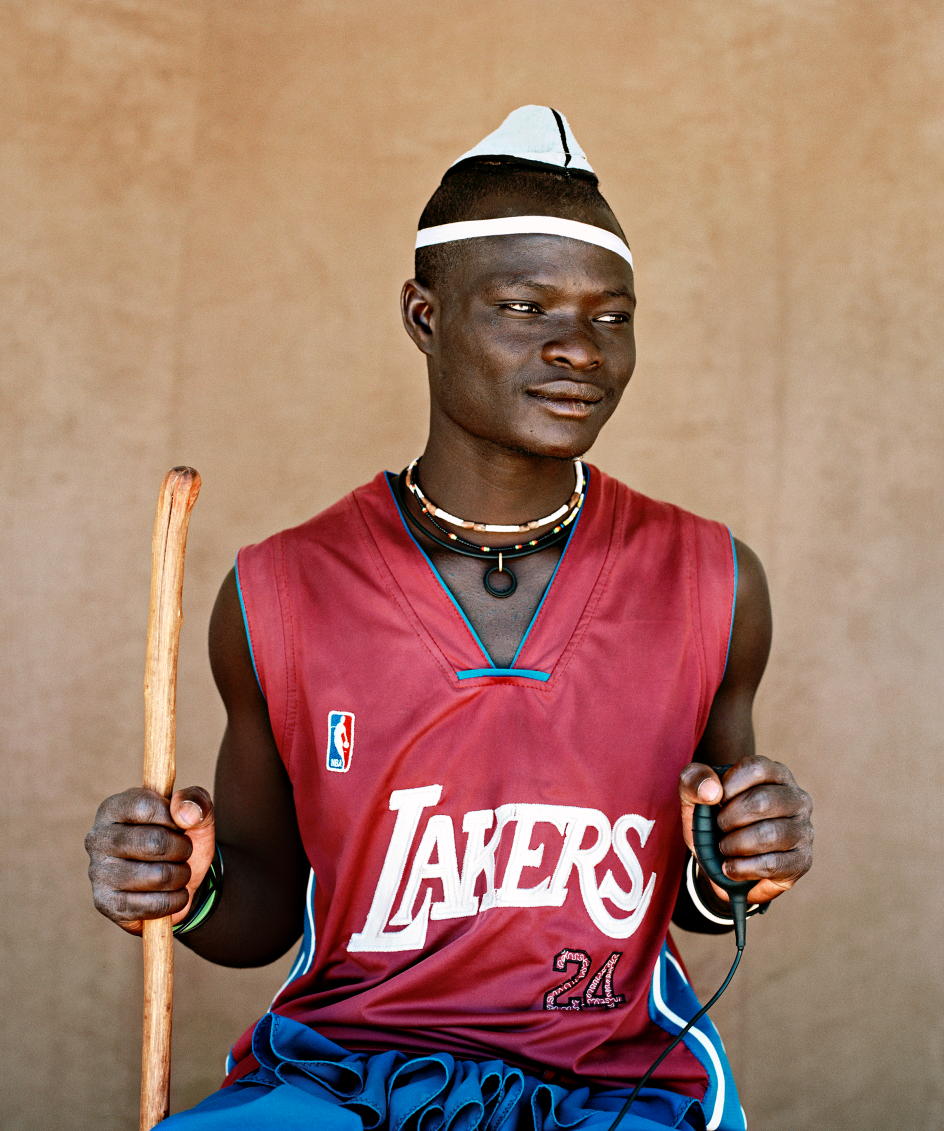
© Kyle Weeks
Red symbolised the blood of the people who died for independence, green the tropical vegetation, yellow the rich minerals, and the black star symbolised African emancipation and unity against colonialism. "Her design and symbolism created unity and affinity between new independent African nations, which explains why so many nations are seen in red, green, yellow and black."
Mobuto's impact
Another person who significantly influenced the design of independent African nations was the controversial Colonel Mobuto Sese Seko from Zaire (now DRC), who used Okoh's colours to take the country back to its African origins.
"People were forced to change their names to African names, and he was also responsible for one of the most critical and influential sporting events, Rumble in the Jungle, in then Zaire in 1974, the heavyweight boxing match between George Foreman and Muhammad Ali," says Peet.
"His pet project was the national football team changing the logo from a lion to the famous leopard logo, honouring the leopard-printed cap that Mobuto wore at all public appearances. It's fascinating to look at old football photos from the 50s and see most African football supporters in suits and the supporters in the 70s with a revival of traditional African clothes."
Spirit of playfulness
Looking at football club logos in Africa, Peet believes it's less about nation-building and more about the spirit and playfulness you find in African design and sport.
"Nicknames are a given, and logos help build communities," he explains. "When asked which team they support, any Orlando Pirates fan worth their salt will know to cross their forearms over their chests, emulating the famous skull-and-bones crest.
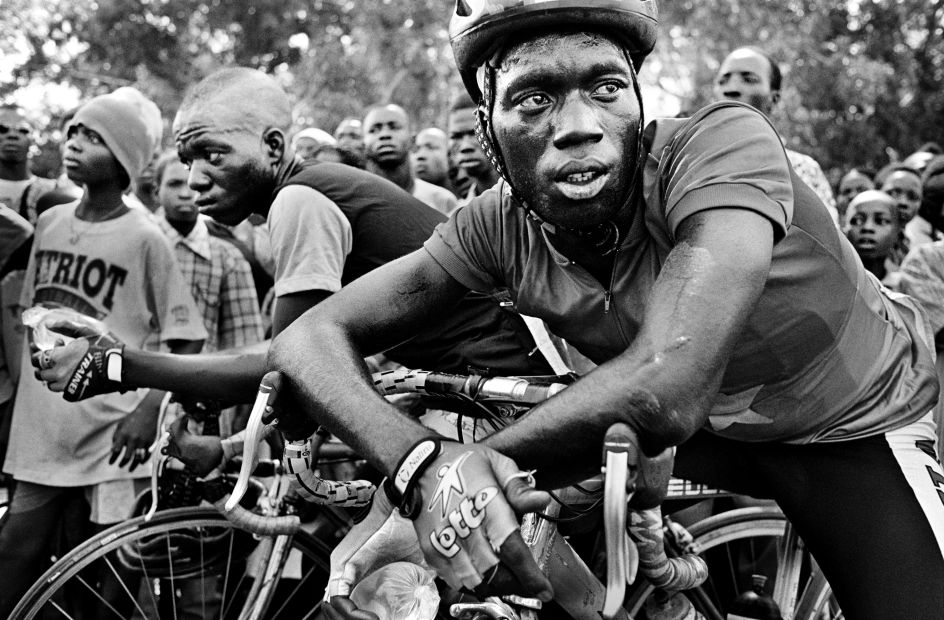
© Chris Keulen
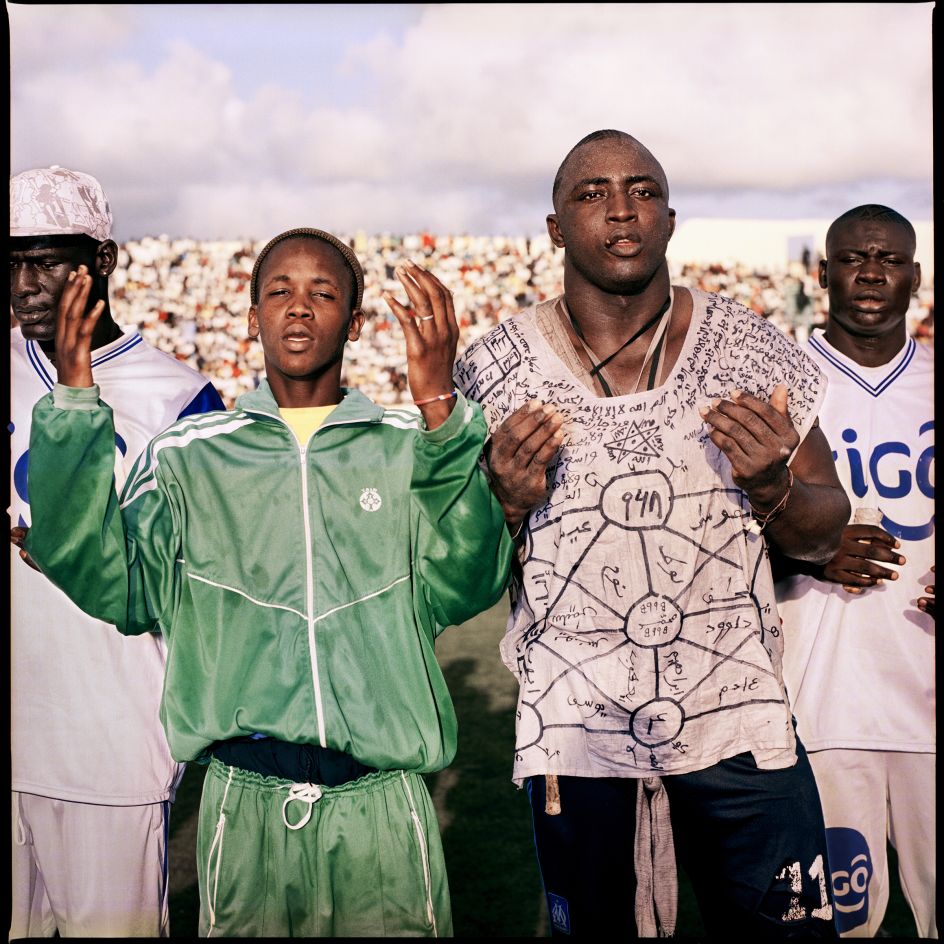
© Laurent Gaudin
"That is one of the most incredible things about Orlando Pirates's iconography, which is physically manifested in football terraces," he adds. "Founded in 1937 in Orlando East, Soweto, South Africa, the club took its nickname after its founders broke away from the Orlando Boys Club, and their former coach called them pirates."
The Legend of Kaizer Chiefs
For most of us in the West, the "Kaiser Chiefs" are an indie rock band. But for South Africans, The Kaizer Chiefs are an iconic football club, central to the story of South African football in the 1970s.
"During that era, the country's best talent expatriated to the United States for better opportunities," explains Peet. "That is precisely what Kaizer Motaung did in the 1970s, signing with the Atlanta Chiefs, which has now folded.
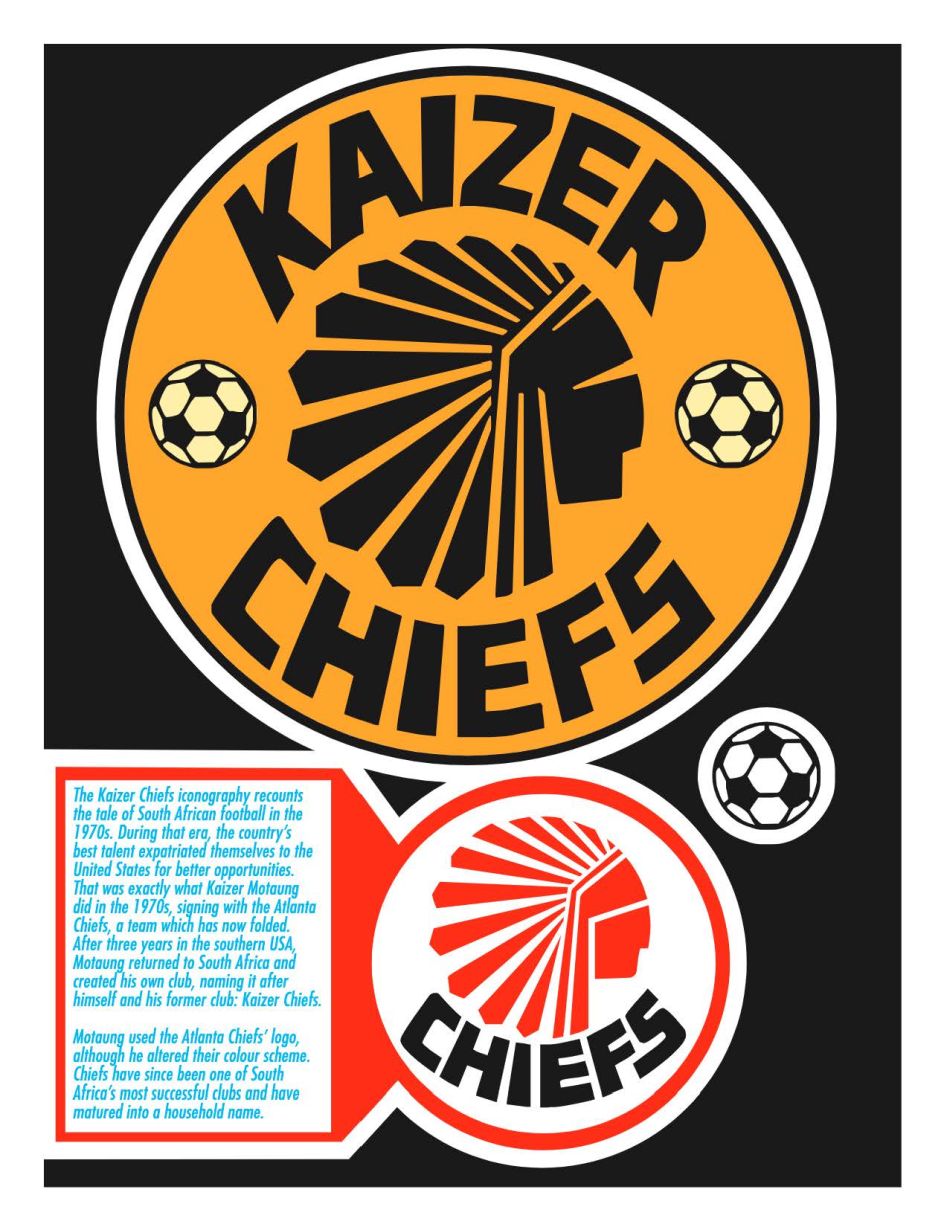
AFROSPORT Kaizer Chiefs
"After three years, he returned to South Africa and created his own club, naming it after himself and his former club, Kaizer Chiefs. He used the Atlanta Chief's logo, although he altered the colours. The Chiefs have since been one of South Africa's most successful clubs."
Buy the book!
Afrosport is on sale now, in a limited edition first run of 2,000 copies. With a foiled hard cover and 320 pages, each copy will be individually numbered.
Tthe book was designed by Peet Pienaar and includes a foreword by former NBA professional basketball player Joakim Noah and an exclusive interview with Didier Drogba, the first African to score 100 goals in the British Premier League. Overall, it contains the work of 25 writers, 40 photographers, and features 32 sports, 130 photos and more than 100 all original new graphics, all pulled together by a team working across the continent and beyond.
The publisher has collaborated with Cent, a platform for digital collectibles, to create a limited release digital collectible of the cover art for every book pre-ordered. Profits from the sales of Afrosport will go to African youth surf therapy organisations Waves for Change and Surfers Not Street Children.









](https://www.creativeboom.com/upload/articles/86/862919952c0ad18439004228895a431dc6e45ffc_732.jpg)




